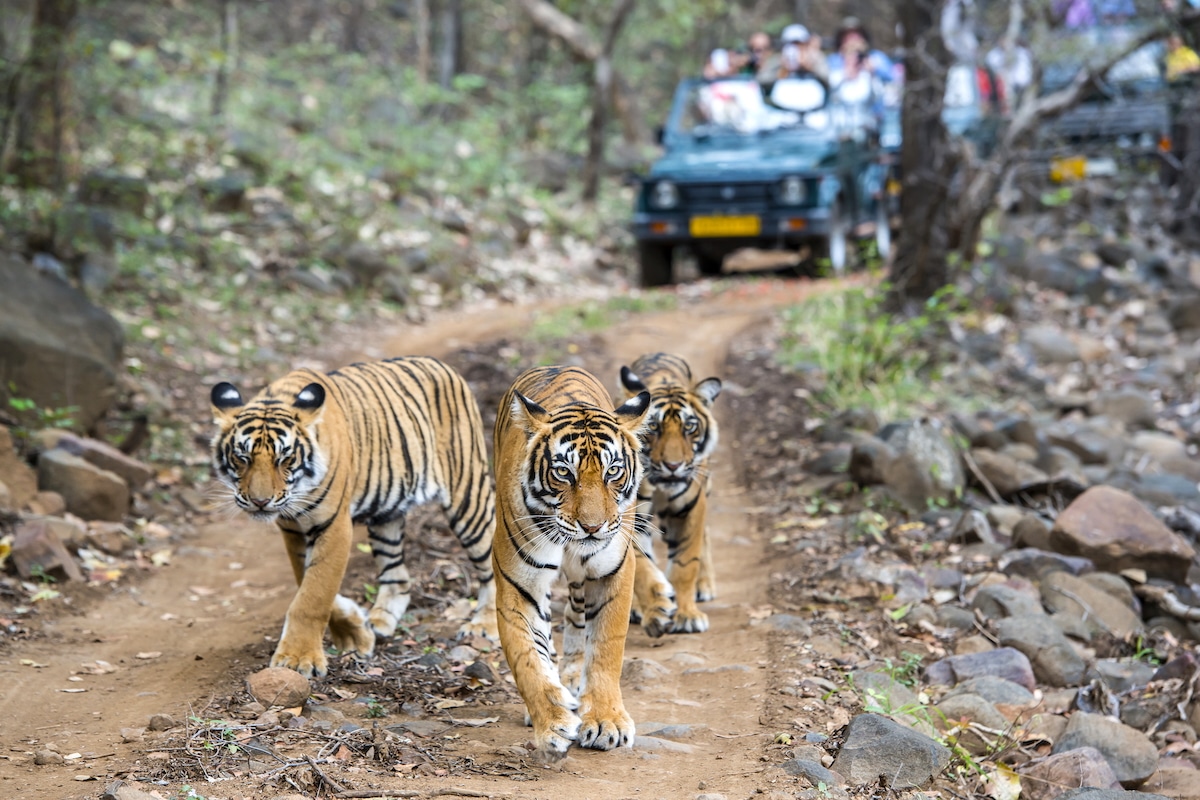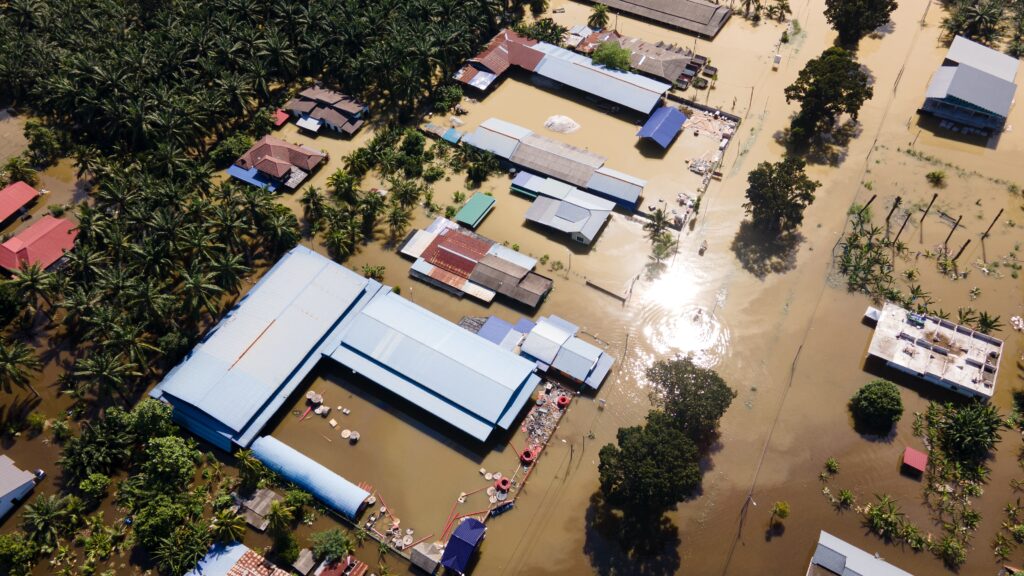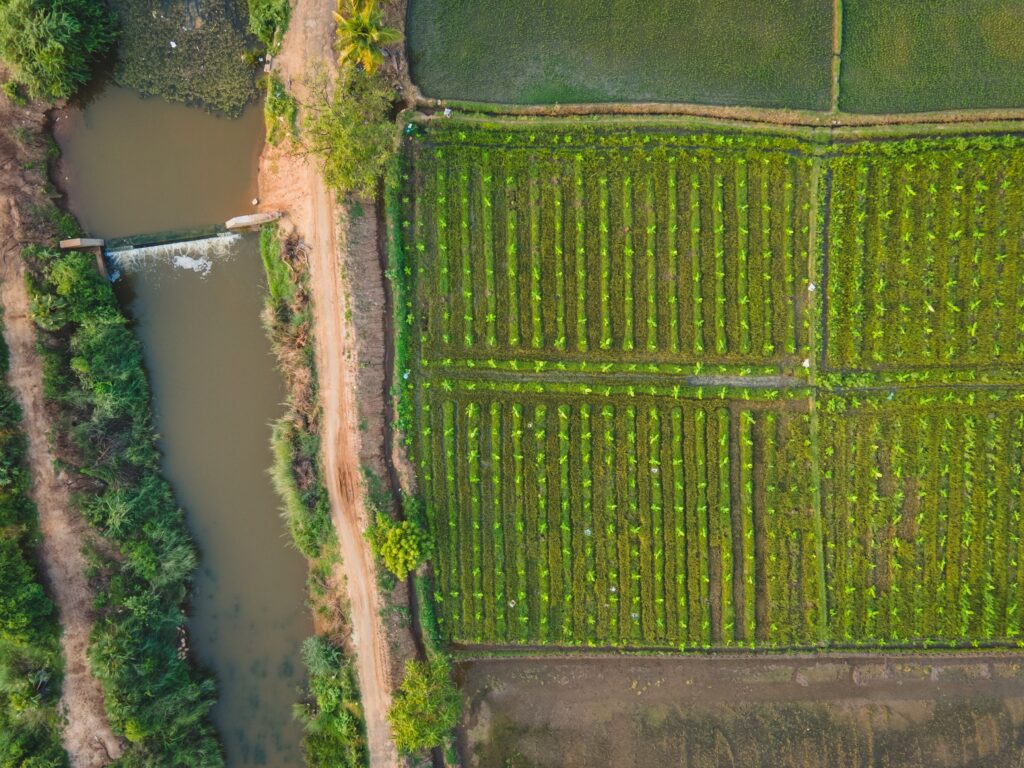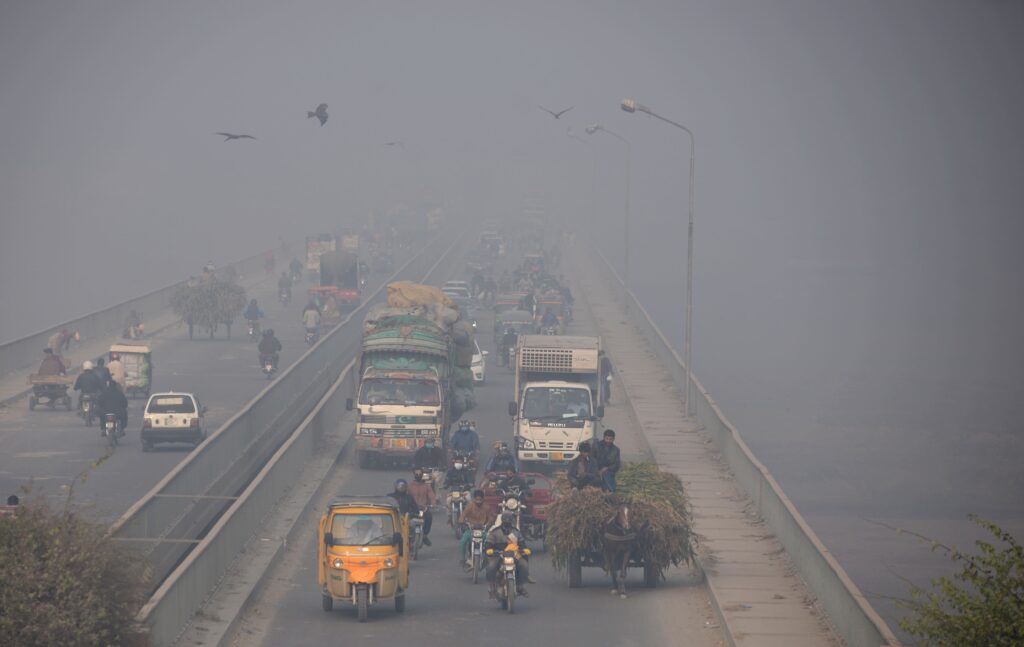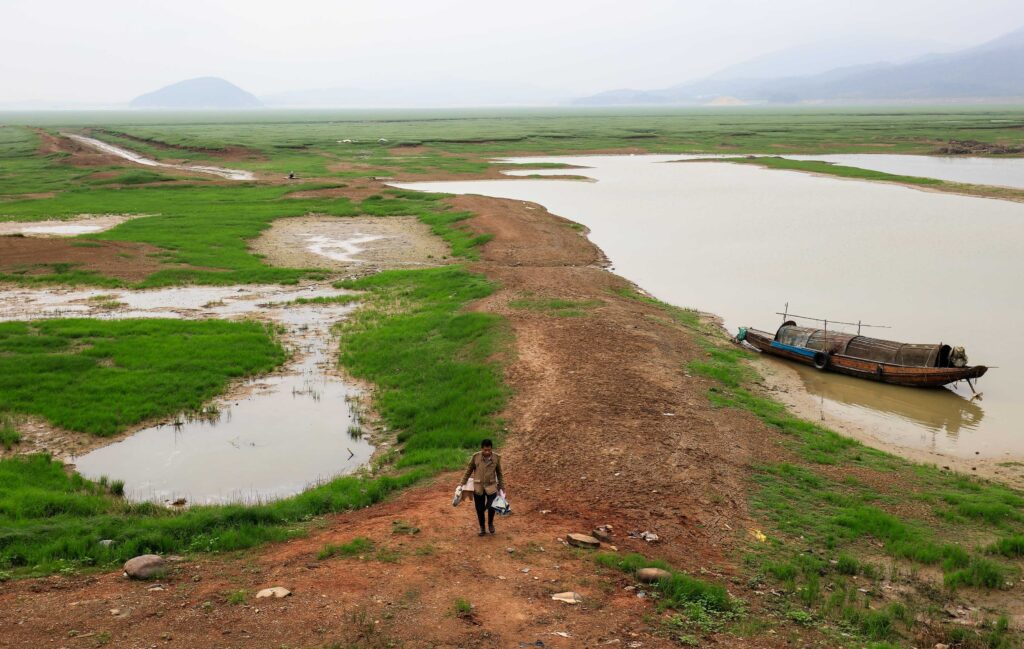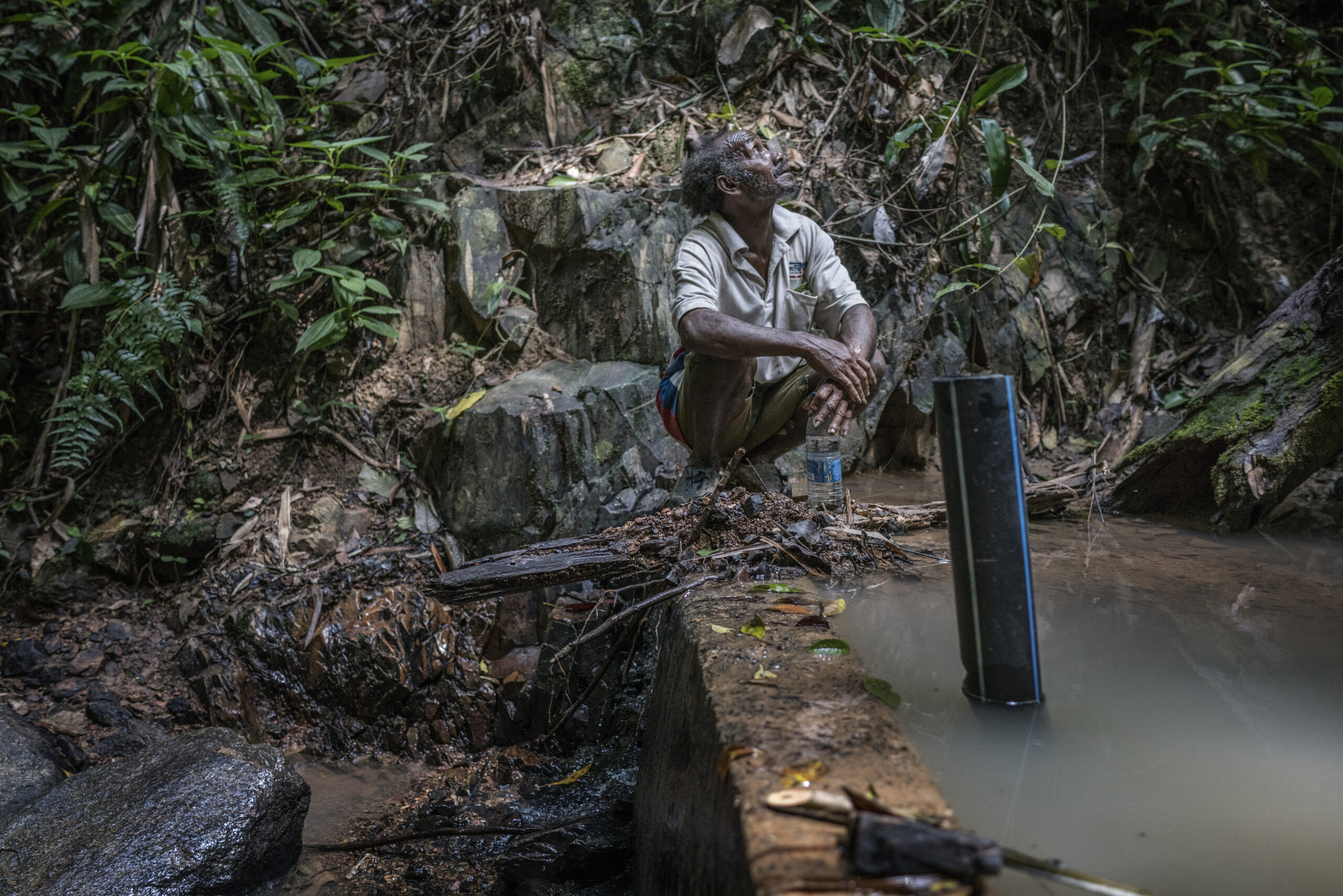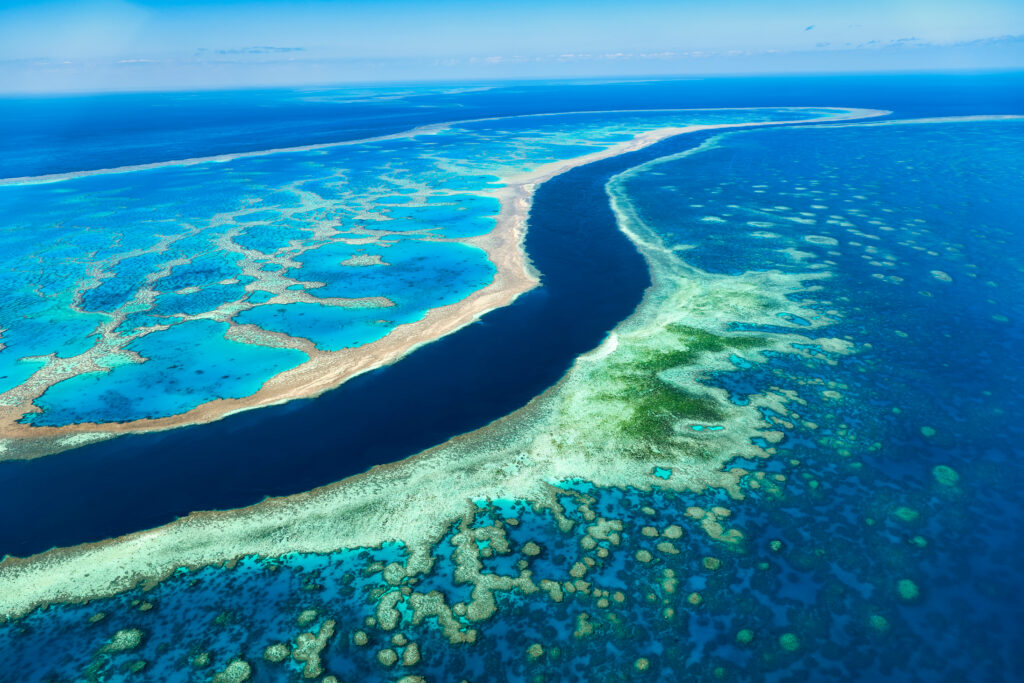Ecotourism in India sits at the crossroads of two national imperatives: protecting one of the planet’s diverse habitats and propelling a travel industry valued by the World Travel & Tourism Council (WTTC) at USD 224 billion in 2024. WTTC also projects that tourism’s contribution could surge to almost USD 500 billion by 2034, making it one of the economy’s fastest-growing engines. Within that larger boom, nature-based experiences and sustainable tourism practices are expanding even faster, showing that conservation and commerce can reinforce each other rather than compete.
India’s Ecotourism Economy in Numbers
India’s travel sector has experienced a strong post-pandemic rebound, generating USD 28 billion in foreign exchange earnings. In total, the sector accounted for 5% of the country’s GDP. Within that total, dedicated ecotourism activities, such as wildlife safaris, community homestays and low-impact adventure tours, generated USD 19.8 billion in 2024.
Market momentum is driven by rising urban incomes, travellers’ post-COVID preference for open-air vacations and natural areas and a government target to attract 100 million inbound visitors by 2047. WTTC projects that travel will support more than 48 million Indian jobs by 2025, accounting for approximately one in 14 positions nationwide.
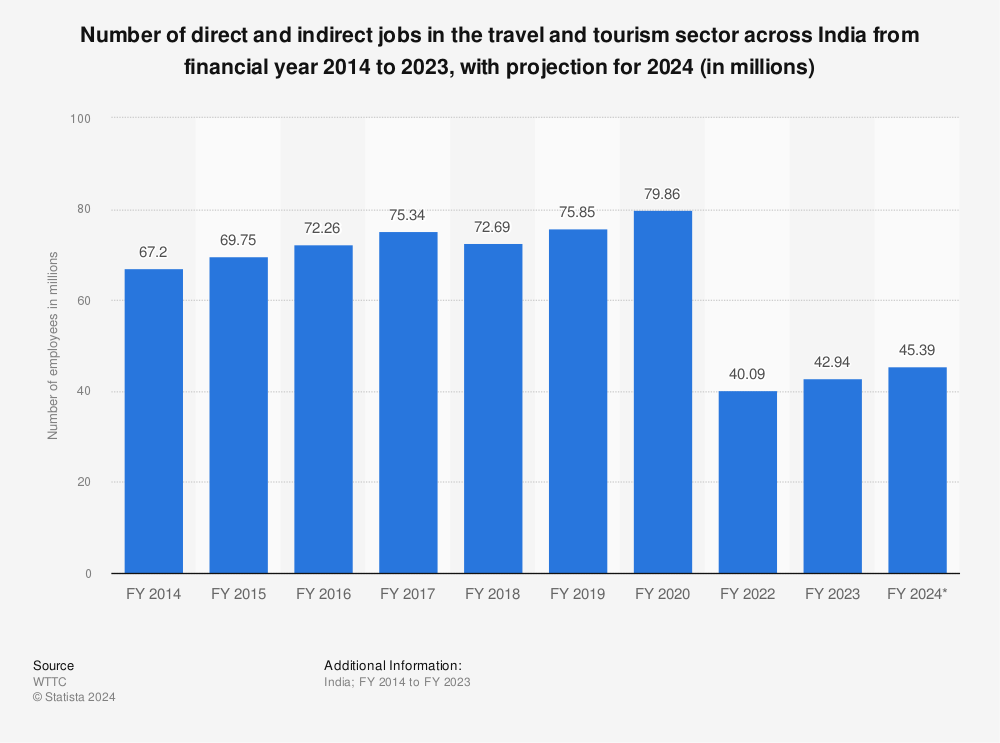
Best Ecotourism Destinations in India
These macro-level trends are not abstract. They are already transforming distinct regions where villagers, park authorities and impact-minded operators are collaborating to welcome low-impact travellers. The following case studies highlight some of the ongoing projects of ecotourism in India.
Western Ghats, Kerala
Kerala’s state-run Responsible Tourism Mission has registered more than 25,000 micro-enterprises. These local businesses range from canoe tour guides to artisan workshops, tying local community members directly into the tourism supply chain. As a result, the Kerala Tourism Department estimates that this supports 1.5 million households in the region.
Himalayan Homestays, Ladakh and Himachal
High in Ladakh and Himachal Pradesh, the Snow Leopard Conservancy engages over 500 community members through homestays, guiding and craft cooperatives. Villagers who once lost livestock to predators now earn up to 30% of their annual income from wildlife-watching guests, halving retaliation killings in key snow leopard valleys.
Tiger Reserves, Madhya Pradesh
In Central India, Madhya Pradesh welcomed around 100,000 foreign tourists to its five tiger reserves that focus on ecotourism in 2024. It uses fees to help finance anti-poaching patrols, and the state’s tiger population has surged from 526 in 2018 to 785 in 2022.
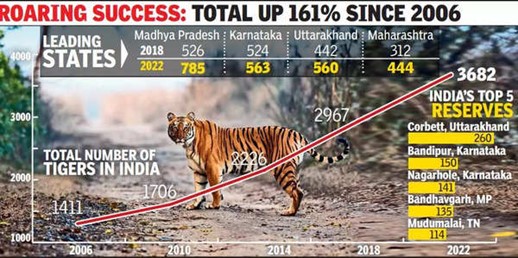
Community and Conservation Impacts of Eco-tourism in India
The beauty of ecotourism lies in its ability to balance local culture and economic prosperity with environmental conservation of natural resources. National data confirm that tourism already supports over 42 million Indian jobs, many of them in remote districts where alternative livelihoods are scarce. Villages such as Khonoma in Nagaland have channelled homestay income into school scholarships and rainwater tanks, while Mawlynnong in Meghalaya now funds community waste collection from visitor fees. Gender advances are also notable. RT Mission officials report that women lead about 18,000 of Kerala’s ecotourism micro-enterprises, aligning with UN Women’s call for gender-inclusive tourism.
Environment conservation tell a parallel story, with rising visitor income translating into measurable ecological wins. Madhya Pradesh’s growing tiger numbers signal healthier forest prey bases. At the same time, preliminary Forest Survey of India 2023 data shows stable or improving canopy cover in Western Ghats districts, where community ecotourism is a key focus of the government. On the coast, the Zoological Survey of India has documented an improvement in coral cover in several protected areas. This is a result of dive-tourism user fees funding reef guards and mooring buoys that limit anchor damage.
Road Ahead: 2030 and Beyond
India’s green travel industry is experiencing a surge in growth. Analysts forecast that ecotourism revenues could reach USD 27 billion by 2030, yet this jump will materialise only if policy, capital and consumer demand pull in the same direction.
Growth Levers to 2030
The most significant upside lies in landscapes that are still off the mainstream map yet are starting to gain popularity. Implementing protective and sustainable policies will enable these areas to grow sustainably, with environmental and social awareness built in from the outset.
Furthermore, consumer appetite is already in place. The WTTC’s updated Net-Zero Roadmap finds that 75% of global travellers now seek more sustainable options.
On the capital side, there is a growing number of financial mechanisms aimed at sustainable businesses that the ecotourism economy can leverage. For example, the Development Bank of India and France’s AFD recently signed a USD 100 million credit agreement specifically earmarked as green financing for micro, small and medium-sized Indian businesses. The credit is specifically focused on small companies that invest in renewables or climate-friendly business practices.
With new destinations of ecotourism in India, clear market demand and green finance moving in tandem, India’s ecotourism market is in a favourable position for continued growth.
Vision 2040: Pathways to Resilient Growth
Beyond 2030, the challenge is to scale with safeguards. The WTTC Net-Zero Roadmap stresses that meeting 2050 climate goals hinges on rapidly expanding “nature-positive” holidays backed by transparent impact data.
For India, that means embedding policy guardrails. Three critical guardrails to consider are:
- integrated land-use plans that align tourism, forest and tribal-welfare objectives,
- mandatory metrics covering visitor numbers, carbon footprints and biodiversity health
- and incentive packages (including tax breaks, favourable loans and carbon credits) for operators that meet verifiable conservation and inclusion targets.
With policies like this, ecotourism in India can continue to grow as a flagship climate and development engine, funnelling billions of rupees into rural economies while underwriting habitat corridors, clean energy and climate-smart infrastructure well past 2040.
Eric Koons
Writer, United States
Eric is a passionate environmental advocate that believes renewable energy is a key piece in meeting the world’s growing energy demands. He received an environmental science degree from the University of California and has worked to promote environmentally and socially sustainable practices since. Eric has worked with leading environmental organisations, such as World Resources Institute and Hitachi ABB Power Grids.
Eric is a passionate environmental advocate that believes renewable energy is a key piece in meeting the world’s growing energy demands. He received an environmental science degree from the University of California and has worked to promote environmentally and socially sustainable practices since. Eric has worked with leading environmental organisations, such as World Resources Institute and Hitachi ABB Power Grids.

